When the Finger of God Wrote in the Dust
When the Finger of God Wrote in the Dust
Introduction
Read John 8:1–11
The scene is tense. The religious leaders drag a woman caught in adultery into the temple courts, placing her in the center of the crowd. She’s guilty—no dispute. The law says she should die. They throw the question to Jesus—not because they care about righteousness, but to trap Him.
And then… Jesus does something strange. He bends down and writes in the dirt.
Why?
This is where many sermons stop and guess—names, sins, verses—but today I want us to dig deeper into what Scripture might be showing us. I want us to connect this moment to the finger of God writing the Law, and to the creation of man from the dust.
1. The Finger of God and the Law
In Exodus 31:18, the Ten Commandments were written “by the finger of God” on stone tablets. That finger didn’t just scribble—it inscribed divine authority. It was God’s standard carved into something permanent.
When Jesus stoops in John 8, He is God in flesh. His finger is the same finger that wrote the Law on Sinai. The same divine authority is at work here. But this time, He’s not writing on cold, lifeless stone.
2. Man Was Formed From Dust
In Genesis 2:7, the Lord formed man from the dust of the ground and breathed into him the breath of life. Dust is not just dirt—it’s the raw material of humanity.
So picture it: The Lawgiver is now stooping to write in the dust. If the dust symbolizes man, could it be that Jesus is writing the standard of God—not into stone, but into the very nature of man? This would not just be about rules on tablets—it’s about conviction in the heart (Jeremiah 31:33—God says He will write His law on our hearts).
3. Conviction, Not Condemnation
Notice something: Jesus doesn’t shout them down. He doesn’t get into an argument. He simply writes. And then, He speaks one sentence:
“Let him who is without sin among you be the first to throw a stone.”
Conviction hits them—not from human debate, but from the divine inscription in their conscience. They drop their stones and walk away, one by one, the older first (because the longer you live, the more you realize your guilt).
4. Why Writing in the Dust Matters
This wasn’t random doodling. Jesus may have been visually declaring:
“I am the same God who wrote the Law.”
“I am writing it not on cold tablets, but into living dust—you, made from the ground.”
“This law is not here to destroy you, but to point you to your need for grace.”
When the finger of God touched stone, it gave us a standard.
When the finger of God touched dust, it gave us a Savior.
5. Grace at the End
When the accusers leave, Jesus turns to the woman:
“Has no one condemned you? … Neither do I condemn you; go, and sin no more.”
Grace doesn’t excuse sin—it transforms the sinner. The One who could have condemned her chose to save her. In that moment, the dust of her humanity was touched by the mercy of God.
Application to Us
We are the dust—flawed, breakable, but formed by God’s hands.
The Law is written on our hearts—God convicts us so that He can cleanse us.
Grace finishes what conviction starts—He doesn’t leave us broken, He makes us new.
Closing Challenge
When Jesus writes in your “dust,” will you drop your stones of pride, bitterness, or judgment? Will you let Him etch His truth into your life—not just rules, but a relationship?
Remember: The same finger that wrote the Ten Commandments has now reached down into your life—not to crush you, but to claim you.
Altar Call
If you’ve been standing in the crowd with stones in your hand, or if you’ve been in the place of the woman with shame hanging over your head, today is the day to step forward. The same Jesus who stooped to write in the dust is stooping toward you. His words are clear: “Neither do I condemn you; go, and sin no more.”
Amen
-Joe
